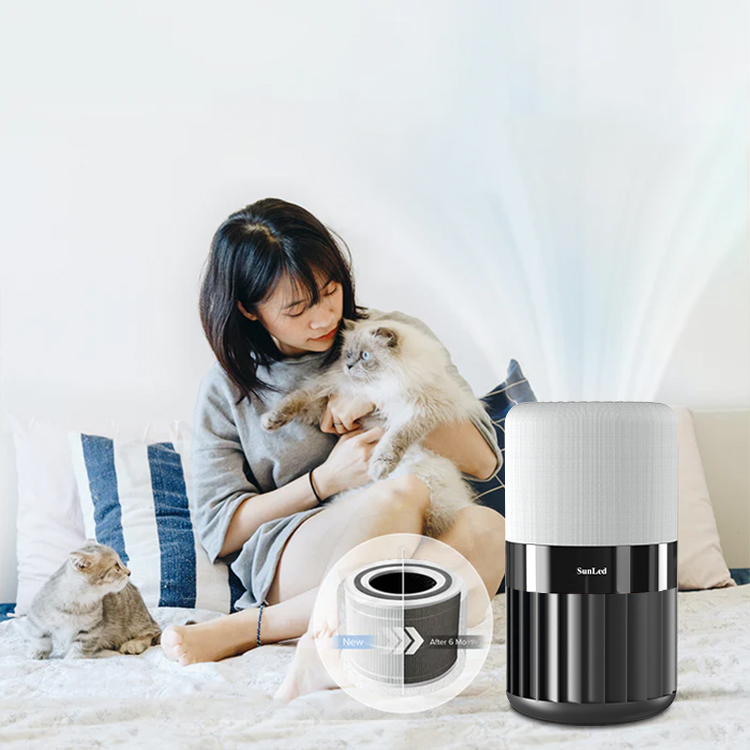Is the Air You Breathe Really Clean? Most People Miss the Invisible Pollution Indoors
When we think about air pollution, we often imagine smoggy highways, car exhaust, and industrial smokestacks. But here’s a surprising fact: the air inside your home might be far more polluted than the air outside — and you wouldn’t even know it.
According to the World Health Organization, indoor air pollution levels can be 2 to 5 times higher than those outdoors. The biggest problem? The most harmful pollutants are invisible to the naked eye and often odorless, making them easy to ignore but potentially harmful over time.

Looks Clean, Smells Fine? That Doesn't Mean It's Safe
It's a common misconception: “If I can't see dust and it doesn't smell bad, my air must be fine.” Unfortunately, that logic doesn't hold up. Many dangerous airborne particles — like PM2.5, pollen, bacteria, and mold spores — are smaller than 0.3 microns. They float freely in your home, undetected by sight or smell, and accumulate silently.
Modern life has made indoor air pollution worse. With more time spent at home and better insulation to conserve energy, pollutants often get trapped inside. Feeling fine doesn't always mean you're breathing clean.
Common Sources of Hidden Indoor Pollution
Some of the biggest air quality culprits are surprisingly ordinary:
Cooking smoke and microscopic oil particles
Dust mites in carpets and upholstery
Pet dander and fur
Pollen drifting in through windows
Volatile organic compounds (VOCs) from cleaning products and furniture
Cigarette smoke or incense
If your household includes young children, elderly people, or anyone with asthma or allergies, these invisible irritants can quickly impact their health and well-being — even in a spotless home.
So, How Can You Tell If Your Air Is Clean?
The truth is: you can't rely on your senses. A stuffy nose or dry throat might be signs of poor air, but by the time you notice them, your body is already reacting.
The smarter way to assess indoor air quality is through real-time data: levels of PM2.5, relative humidity, airflow, and allergen load. And the easiest way to access that data? A smart air purifier that doesn't just filter — it thinks.

Let the Air Speak for Itself
The latest air purifiers don't just clean — they show you what's in the air and respond in real time. One example is the Sunled Air Purifier, designed to make invisible pollution visible and manageable.
Here's how it helps protect your space:
H13 True HEPA filter: captures 99.9% of particles as small as 0.3 microns
Built-in PM2.5 sensor: detects air quality and adjusts performance accordingly
4-color air quality indicator: Blue (excellent), Green (good), Yellow (moderate), Red (poor)
Digital humidity display: real-time environmental feedback
Auto mode: intelligently adjusts fan speed based on pollution levels
Ultra-quiet sleep mode (<28dB): so quiet, you won't notice it running
4 timer settings (2H/4H/6H/8H) for convenience and energy saving
Filter replacement reminder: no guesswork
100% ozone-free, FCC/ETL/CARB certified — safe for children, pets, and the planet
In short: it doesn't just purify — it tells you what's happening, and takes action for you.
Don't Just Feel Safe — Know It
We often invest in healthy food, exercise, and skincare — but forget to care about the air we breathe thousands of times a day.
Clean air shouldn’t be a matter of guesswork. With tools like the Sunled smart air purifier, you can finally take control of your environment, using clear data and quiet performance to protect what matters most: your health.